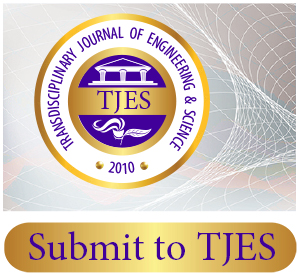Scientists and Theologians in Front of the Mystery
Abstract
SCIENCE AND THEOLOGY have their own distinct languages and modes of representing reality. These must be clearly distinguished in order to avoid na¨ıve concordism. However, it is interesting to explore how the methods and logic used in one field can be applicable to the other, taking into account the specific constraints of each. The aim of this paper is to show how the incompleteness of both the scientist and the theologian in their own field is a new way to consider the dialog between science and theology today. We will see that Christian dogmas- Trinity and Incarnation, as well as the biblical notion of Covenant-can, be fruitfully explored through the logic of the “included middle” as applied to quantum physics. This application of methods from one field to another emphasizes that deep, common human attitudes enable both physicists and believers to explore the nature of reality without any confusion between the fields of science and theology. Common attitudes derive from the study of the logic of the included middle and its role in science and theology. Such a field of pursuit is called “moral philosophy” because it is related to critical analysis of the ethical principles involved in comparative epistemologies in science and theology. Taking into account the different domains of science, metaphysics, and theology, we will show how moral philosophy can be a new foundation for the dialog between scientists and people of faith. Such a dialog can perhaps be helpful in promoting quality in education and in supporting peace in the modern world


